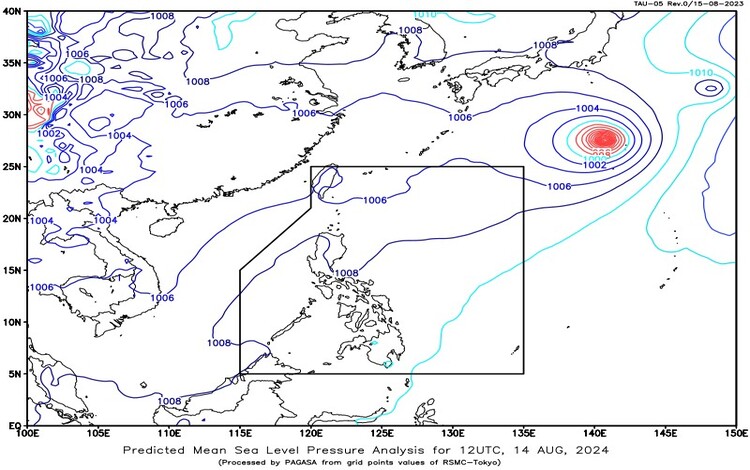SYNOPSIS: The southwest monsoon, also known as “Habagat,” continues to affect Northern Luzon. Residents in areas impacted by the monsoon are advised to remain vigilant due to possible weather-related hazards.

Forecast Weather Conditions
Ilocos Region, Batanes, and Babuyan Islands:
Residents in these areas should prepare for cloudy skies with scattered rains and thunderstorms. The southwest monsoon will bring moderate to at times heavy rains, raising the risk of flash floods and landslides, especially in low-lying and mountainous regions.
Cordillera Administrative Region (CAR) and the rest of Cagayan Valley:
The weather will be partly cloudy to cloudy, with the possibility of isolated rain showers or thunderstorms. These weather patterns are also due to the southwest monsoon, and while rainfall will be lighter, flash floods and landslides remain possible during severe thunderstorms.
Metro Manila and the rest of the country:
The rest of the country, including the bustling Metro Manila, can expect partly cloudy to cloudy skies, with isolated rain showers or thunderstorms triggered by localized thunderstorms. While rainfall may be less widespread, residents are still advised to be cautious as flash floods or landslides may occur in areas prone to these hazards during heavy rains.
Forecast Wind and Coastal Water Conditions
Northern and Central Luzon:
Winds will be light to moderate, coming from the southwest. Coastal waters in these areas are expected to be slight to moderate, with waves reaching 0.6 to 2.1 meters.
Rest of the Country:
In other areas, including the Visayas, Palawan, and Mindoro, winds will blow from the south to southwest at light to moderate speeds. Coastal waters will remain slight to moderate, with waves reaching heights of 0.6 to 1.5 meters.
General Flood Advisories
As of 6:00 AM on August 15, 2024, general flood advisories have been issued for the following regions:
- Cordillera Administrative Region (CAR)
- Ilocos Region (Region 1)
- Cagayan Valley (Region 2)
Residents in these areas are advised to remain updated on weather bulletins and to take precautionary measures, especially in flood-prone areas.
